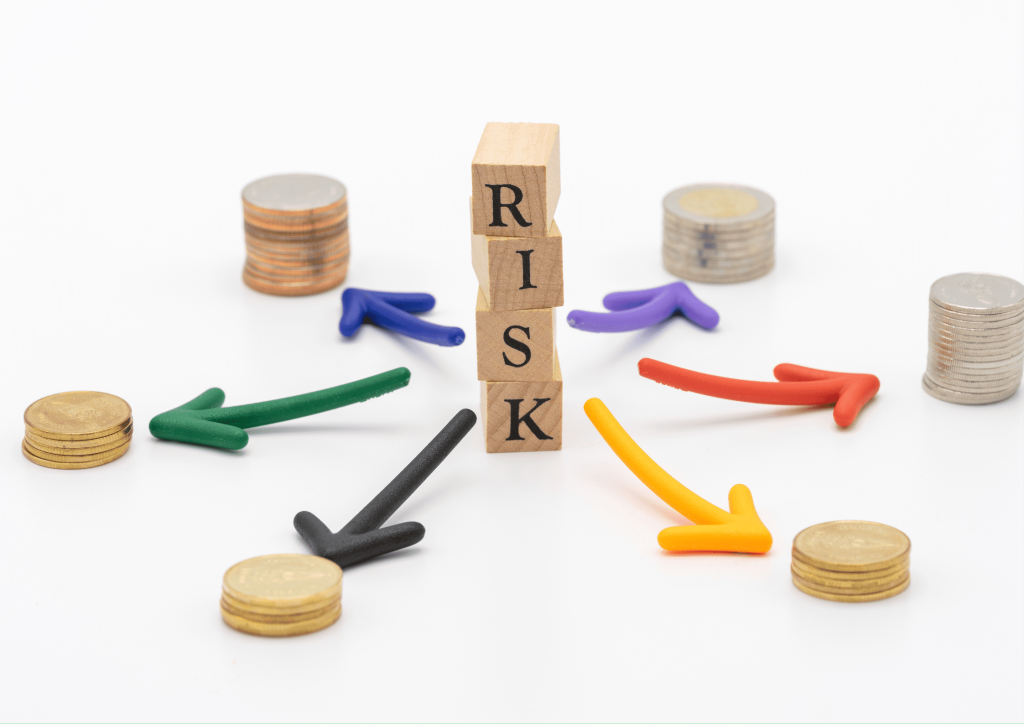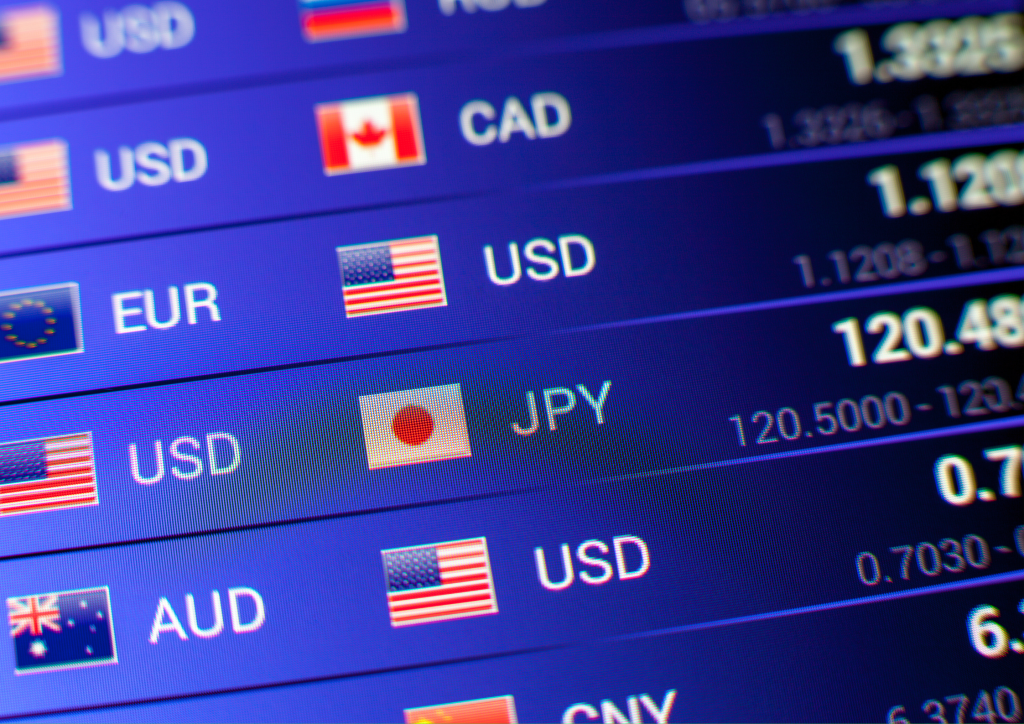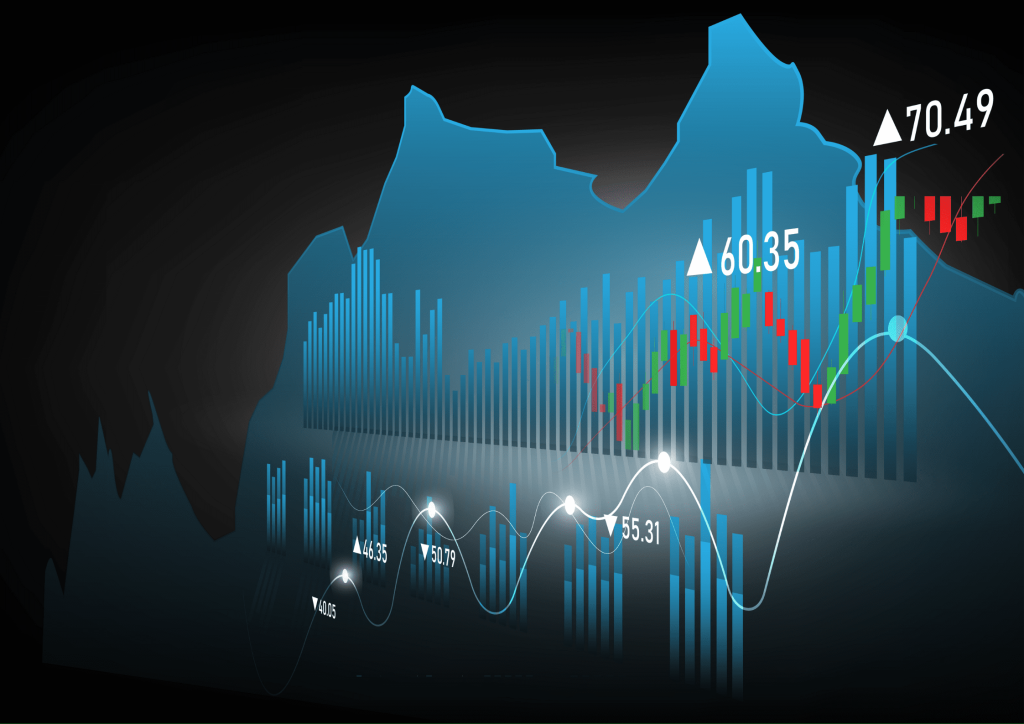Forex trading is an intriguing, fast-paced world that offers the potential for high returns but also harbors considerable risks. A key factor in navigating this volatile market successfully is understanding and managing your risk appetite, an aspect of trading psychology that underpins every decision you make.
Understanding Risk Appetite

First, let's define risk appetite in the context of trading. Risk appetite, at its most basic, refers to the amount of risk an individual or organization is willing to accept in pursuit of potential return. The riskier the trade, the higher the potential reward – but also the greater the potential loss. Understanding your risk appetite is critical to forming a trading strategy that matches your comfort level, financial situation, and long-term objectives.
Every trader has a different risk appetite. Some are risk-averse, preferring safer trades with lower returns. Others are risk-tolerant or even risk-seeking, willing to take on high-risk trades in pursuit of substantial returns. These differences in risk appetite can greatly influence the type of trades a trader engages in, the duration of these trades, and the instruments traded.
Risk exposure, which is the potential for loss, should be gauged regularly to ensure that it remains within acceptable levels. The risk management process should also include periodic reassessments of the trader's profile.
Understanding and defining risk appetite is not an isolated activity but an ongoing process. It's a strategic endeavor that requires the alignment of various elements – from defining strategic objectives and to establishing risk tolerance limits and implementing a robust risk management framework.
Also Read: Risk Reward Ratio Ultimate Guide
Risk Appetite in Forex Trading
In the context of forex trading, risk appetite plays an influential role. A trader's risk appetite can dictate which currency pairs they choose to trade, the size of the positions they take, and their usage of leverage.
Forex traders also need to consider market risk appetite, which refers to the overall level of risk the market is willing to tolerate. This collective risk sentiment can drive significant forex market trends. For example, during periods of high market risk appetite, riskier currencies such as those from emerging markets can appreciate against safer haven currencies like the US dollar or Japanese yen. Conversely, in times of low market risk appetite, safe-haven currencies often strengthen.
How to Determine Your Risk Appetite

Your risk appetite should be influenced by various factors including your financial goals, your available capital, your time horizon, and your emotional capacity to handle risk.
- Financial Goals: If you're trading to grow your wealth significantly, you might be more inclined to take on riskier trades. Conversely, if your goal is to protect your capital or earn a steady income, you might lean towards less risky trades.
- Available Capital: The more disposable income you have, the higher your capacity to bear losses and hence the greater your potential risk appetite. It’s crucial to remember that you should only trade with money you can afford to lose.
- Time Horizon: If you're trading over a longer-term horizon, you may be more tolerant of short-term volatility and hence exhibit a higher risk appetite. Short-term traders, on the other hand, may need to be more risk-averse.
- Emotional Capacity: Risk tolerance isn't just financial – it's emotional as well. You need to understand how you react to losses and whether you're able to maintain a clear head during periods of market volatility.
Managing Your Risk Appetite in Forex Trading
Once you have identified your risk appetite, it’s crucial to integrate it into a comprehensive risk management strategy. Here are several key strategies for managing risk in forex trading:
- Stop-Loss Orders: This tool allows traders to limit potential losses on trade by setting a level at which the trade will automatically close if the market moves unfavorably.
- Position Sizing: Trading with smaller position sizes can help limit the impact of any single trade on a trader's overall portfolio.
- Diversification: By trading different currency pairs, you can spread your risk and reduce your exposure to any single currency.
- Leverage Management: While leverage can amplify profits, it can also magnify losses. It’s essential to use leverage judiciously based on your risk appetite.
High Risk Appetite

Traders with a high risk appetite may opt for more aggressive strategies such as day trading, scalping, or high-frequency trading. These strategies involve frequent trades, often held for short periods, and they require constant market monitoring.
- Day Trading: This strategy involves opening and closing trades within the same trading day. The goal is to profit from short-term price movements and avoid overnight market risk. However, the high frequency of trades increases transaction costs and amplifies the impact of market volatility.
- Scalping: This is an extreme form of day trading where traders aim to profit from very small price changes. A scalper will make hundreds to thousands of trades a day, which significantly increases both potential profits and risks.
- High-Frequency Trading (HFT): HFT uses sophisticated algorithms to execute a large number of orders at very high speeds. It relies on advanced technology and can be costly to implement.
Moderate Risk Appetite
Traders with moderate risk appetites might opt for swing trading or position trading strategies. These strategies involve holding trades for several days to weeks, seeking to profit from medium-term price movements.
- Swing Trading: This strategy involves holding trades for several days to capture potential price swings. Swing traders need to carefully analyze market trends and patterns to predict future price movements.
- Position Trading: This long-term trading strategy involves holding trades for weeks to months. Position traders rely heavily on fundamental analysis and need a deep understanding of economic indicators and market conditions.
Low Risk Appetite

Traders with low risk appetites may opt for carry trading or trend-following strategies. These are longer-term strategies that involve lower trading frequency and more focus on stable profits.
- Carry Trading: This strategy involves buying a currency with a high-interest rate while selling a currency with a low-interest rate, seeking to profit from the interest rate differential. However, the profits can be wiped out if the exchange rate moves unfavorably.
- Trend Following: This strategy involves identifying and following existing market trends. Trend followers believe that “the trend is your friend” and aim to profit from these movements rather than predict new trends.
Also Read: Trendline Trading Ultimate Guide
Risk Management Tools
Beyond understanding their risk appetite and choosing a suitable trading strategy, forex traders need to employ a variety of risk management tools to protect their trading capital.
- Hedging: This involves taking an offsetting position to protect against adverse moves in an existing position. For instance, a trader who has a long position in EUR/USD might take a short position in another pair that's correlated with EUR/USD to mitigate the risk.
- Trailing Stop-Loss Orders: These are similar to regular stop-loss orders, but they move with the market. When the market moves in a favorable direction, the stop level adjusts itself, locking in profits. But if the market moves unfavorably, the stop level doesn't change.
- Take-Profit Orders: This tool allows traders to set a predetermined profit level at which the trade will close, ensuring that they lock in their profits before the market can reverse.
Risk-On Scenario
In a risk-on scenario, market participants display a high risk appetite, leading to a greater willingness to invest in higher-yielding but riskier assets. In the context of the forex market, this often means that currencies from emerging markets or those with higher interest rates may appreciate.
At the same time, safe-haven currencies such as the US dollar, Japanese yen, or Swiss franc may depreciate as investors seek higher returns elsewhere. It's important to note that a risk-on environment typically correlates with periods of economic growth and stability.
Risk-Off Scenario
In contrast, a risk-off scenario sees investors displaying a low risk appetite, leading to a flight to safety. This risk aversion results in increased demand for safe-haven currencies, driving their value up. Conversely, riskier currencies may depreciate as investors retreat from perceived risk.
Risk-off environments often occur during periods of economic uncertainty or turmoil. Major geopolitical events, financial crises, or disappointing economic data can all trigger a risk-off environment.
Risk Sentiment Indicators

Forex traders must remain aware of global risk sentiment, which can significantly impact their trading performance. Certain market indicators can help gauge the prevailing risk sentiment:
- Stock Market Performance: Typically, a rising stock market indicates a risk-on environment, whereas a falling market suggests risk-off sentiment.
- Volatility Indices: These indices, such as the VIX (Volatility Index), measure market volatility expectations. Higher readings often indicate risk-off sentiment, while lower readings suggest a risk-on environment.
- Bond Yields: Lower bond yields can indicate a risk-off environment as investors flock to the safety of bonds, pushing up their prices and lowering their yields.
- Commodity Prices: Rising commodity prices often indicate a risk-on environment as they suggest positive expectations for global economic growth.
Conclusion
Risk appetite is a multifaceted concept that impacts every aspect of forex trading, from individual trading strategies and risk management practices to broader market dynamics. By understanding your risk appetite and how it influences your trading decisions, you can align your forex trading activity with your financial goals and emotional comfort level.
Furthermore, by recognizing how global risk sentiment impacts the forex market, you can make more informed trading decisions and better manage your trading risks. Keep in mind that successful forex trading isn't about eliminating risk but managing it strategically.
Remember that the forex market is a challenging environment, and it's crucial to approach it with a solid understanding of your risk appetite, a well-planned trading strategy, and robust risk management practices. It's also worth mentioning the importance of continuous learning and adaptation, given the dynamic nature of the forex market. As you gain more experience and knowledge, your understanding of risk appetite, and its role in forex trading, will deepen and evolve, supporting your trading journey toward potential success.
Also Read: The Role of Intermarket Analysis in Forex Trading
FAQs
What if my risk appetite changes while I'm actively trading in the Forex market?
It's completely normal for your risk appetite to change over time due to various factors, such as changes in your financial situation, your trading experience, or market conditions. If your risk appetite changes, it's important to reevaluate your trading strategy and risk management practices to ensure they align with your new risk profile. You may need to adjust your position sizing, use of leverage, or the currency pairs you trade. Remember, effective forex trading is a dynamic process that requires ongoing adjustments and adaptations.
Can I be a successful Forex trader if I have a low risk appetite?
Yes, you can be successful in forex trading with a low risk appetite. In fact, a cautious approach can be beneficial in a market as volatile as forex. It's crucial to align your trading strategy with your risk appetite. For example, if you have a low risk appetite, you might opt for long-term strategies such as carry trading or trend following. You should also implement strong risk management practices, including setting strict stop-loss and take-profit levels, diversifying your trades, and only trading with money you can afford to lose. Success in forex trading is not solely about making high-risk trades; it's about making informed and disciplined decisions that align with your financial goals and risk tolerance.
How can I assess the market's risk appetite?
There are several indicators you can use to gauge the market's risk appetite. The performance of global stock markets, volatility indices like the VIX, bond yields, and commodity prices can all provide insight into the overall risk sentiment. Typically, rising stock markets and commodity prices, lower volatility indices, and higher bond yields indicate a ‘risk-on' scenario where the market has a higher risk appetite. Conversely, falling stock markets and commodity prices, higher volatility indices, and lower bond yields suggest a ‘risk-off' scenario where the market is more risk-averse. By keeping an eye on these indicators, you can better understand the market's risk sentiment and adjust your trading strategy accordingly.
















